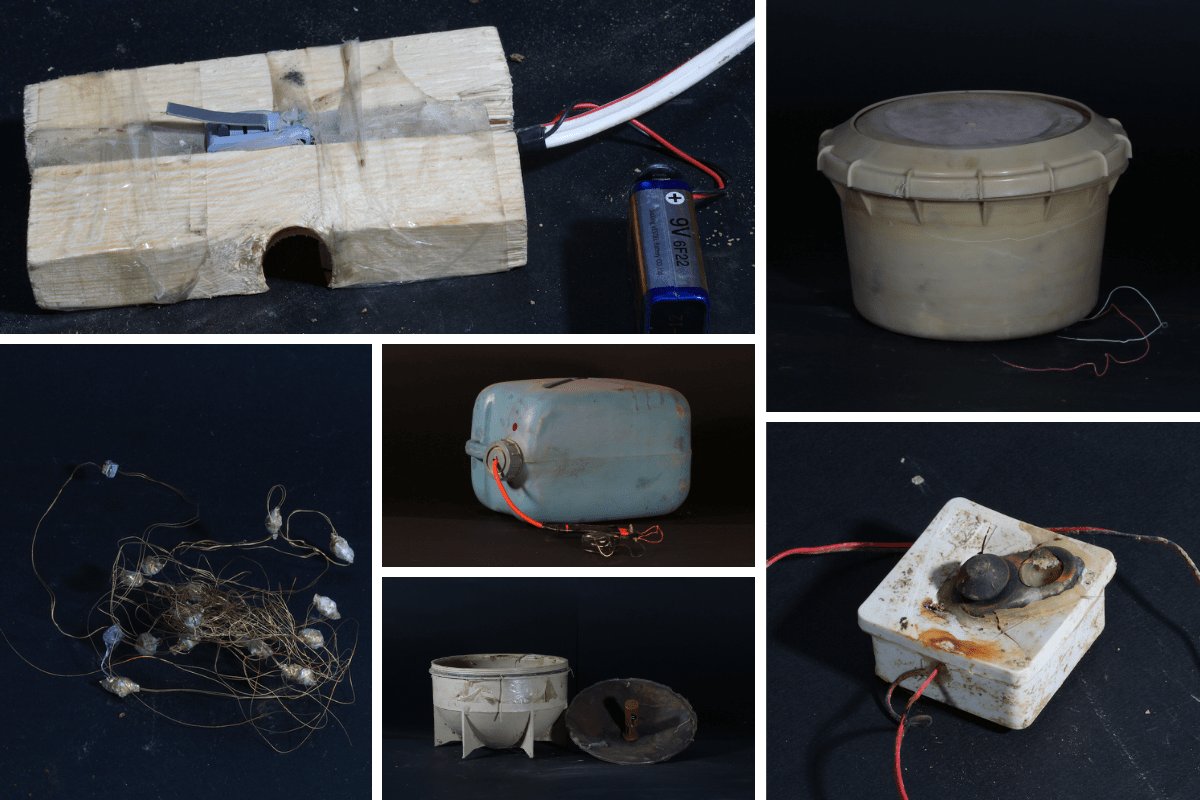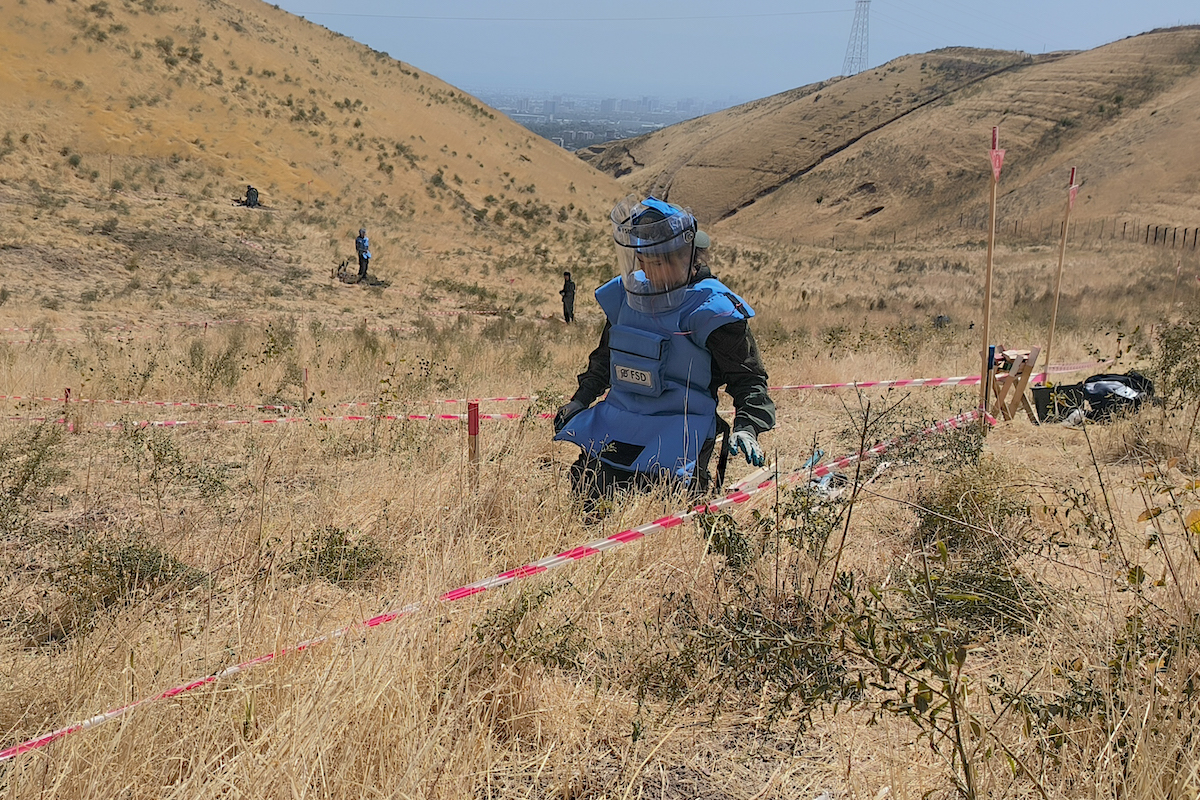Each year, thousands of civilians lose their lives and are injured during explosions from various weapons and ammunition: bombs, rockets, mines, etc. Involved in almost half of the cases in 2020 are “improvised explosive devices”, tinkered with everyday objects and products. Among these “weapons of the poor,” as they are sometimes called, are artisanal mines, mainly produced by non-state armed groups. The FSD has neutralized 1,452 in the past year.
Robot soldiers, armed drones, cyber attacks: new technologies are changing the face of war. Yet the explosive weapons that claim the most civilian casualties today are non-commercial, “homemade” weapons. They are called “improvised explosive devices”. Their manufacture ranges from the simplest to the most sophisticated depending on the skills of their maker and on the material available. Some complex bombs, for example, can be triggered remotely using amobile phone.

According to figures compiled by the AOAV, improvised explosive devices (“IEDs”) were used by 19 armed groups in 36 countries in 2020. Afghanistan and Iraq are among most affected. IEDs are varied in nature, reflecting the diversity of “traditional” weapons: rocket launchers, mortars, bombs… Most explosive devices have their “homemade” version. Anti-personnel and anti-vehicle mines are no exception: these are then referred to as “improvised mines”.
A mine is an explosive device triggered by the presence of a person or a vehicle. Some are designed to explode when stepped on or when someone walks through a tripwire. Because they explode indiscriminately regardless of who is present, and therefore killcivilians and combatants alike, anti-personnel landmines are prohibited under international humanitarian law. This applies to both conventional and artisanal mines.

An IED is typically made up of five components: an explosive charge, a detonator, a firing switch, a power sourceand a container. In Iraq, the Islamic State group has manufactured hundreds of thousands of artisanal mines using explosives made from fertilizers and other household or freely available commercial products, simple 9-volt batteries as asource of energy, and jerrycans or plastic boxes as containers. Most of them, fitted with a pressure activated switch, have been partially buried or concealed in vegetation so as not to be spotted. In buildings, ISIS used improvised mines designed to be activated when a door is opened, or when an object, such as a doll, is lifted.
For a deminer, IEDs pose a particular challenge: Built outside of industry standards, they can take an endless variety of shapes, sizes, and activation systems. When deminers discover a hidden IED, they must be trained to learn how to safely approach and uncover it. In addition, homemade explosives may be more sensitive to friction, heat or movement and less durable than military explosives, and therefore even more dangerous. Finally, some IEDs have two or even three switches. These are specifically aimed at the deminer who would remove the object, thinking they have deactivated it, thereby activating the second switch. This is why IEDs, even after neutralization, are always removed remotely, by means of cables.

FSD focuses its activities in Iraq on the rendering safe and elimination of these improvised mines. To date, our deminers have destroyed nearly 15,000.













